What Hi-Fi? Verdict
They aren’t quite class-leading, but the Fidelio T2 will still reward you with a robust, full-bodied and detailed sound
Pros
- +
Full, rounded sound
- +
Ample detail and textural understanding
- +
Superb battery life (40 hours total)
Cons
- -
Fit may prove an issue for some
- -
Use of real leather could be off-putting
- -
Beatable ANC
Why you can trust What Hi-Fi?
Another day, another pair of wireless earbuds taking a swing at the best of Bose and Sony. The new Philips Fidelio T2 have one predominant aim in mind: knock the Sony WF-1000XM5 and the Bose QuietComfort Ultra Earbuds off their respective perches and shake up this most competitive of markets.
While we’ve tested contenders that can best the current kings of the hill in areas such as features, build and even comfort, few wireless earbuds at the price can really compete sonically. With these latest debutantes from Philips, though, are we closer than ever to discovering a pair that can finally break the current duopoly?
Price
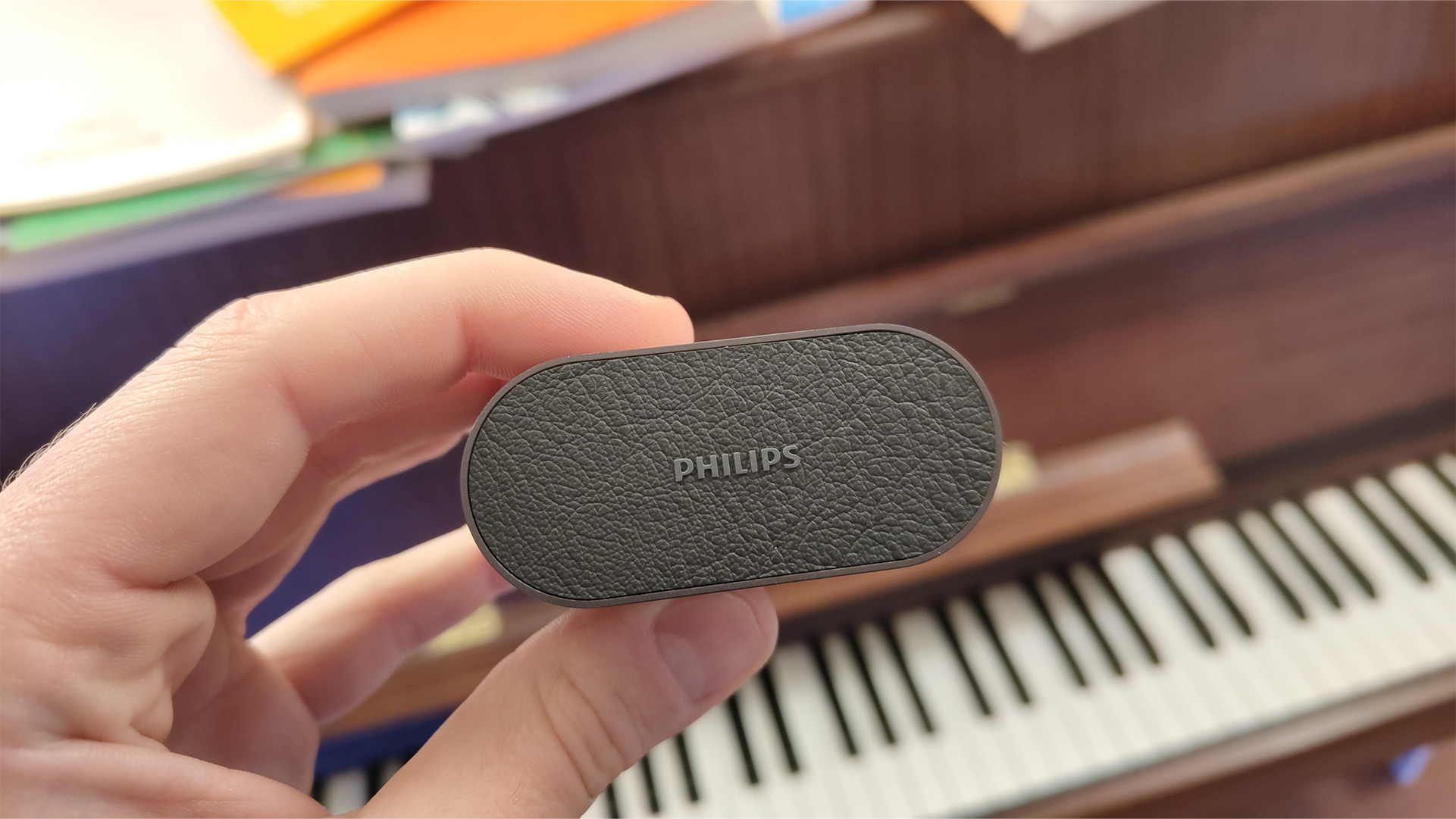
Retailing at £250 / $279, the Philips Fidelio T2 are placed at around the same price point as their Award-winning rivals, the superb Sony WF-1000XM5 (£259 / $299), although a minor saving could be just enough to qualify them as something of a good deal if their sound is up to par. They’re certainly a lot more affordable than the Bose QuietComfort Ultra Earbuds (£300 / $299), but cost a little more than Apple’s AirPods Pro 2 (£229 / $249).
Build
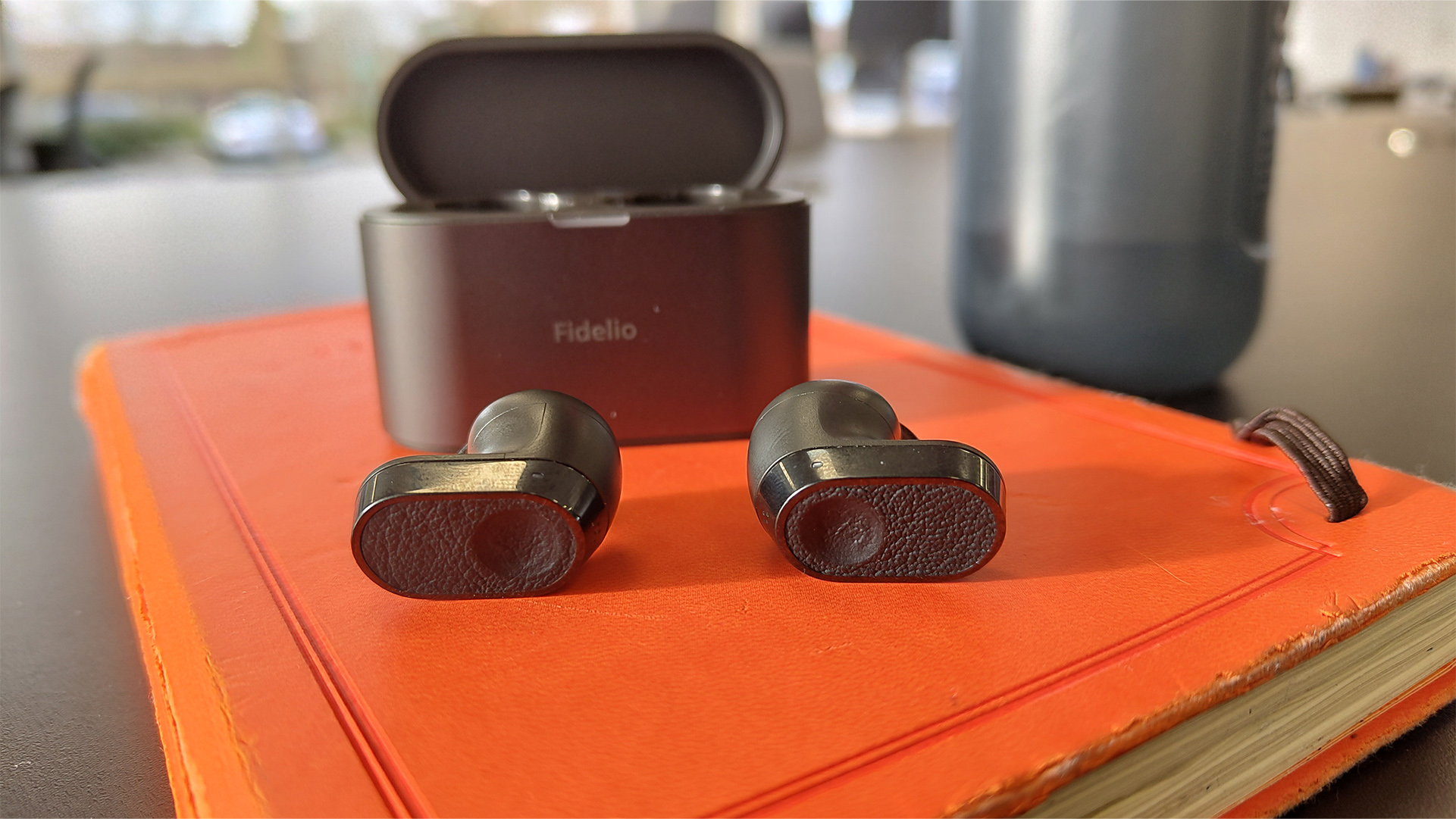
“Beautiful to look at, incredible to listen to,” are the opening lines of the online marketing provided by Philips for its latest wireless earbuds. Bold words, but we’d be hard-pressed to call the Fidelio T2 actively “beautiful”, and while we don’t mind a pair being a little plus-sized (see the Bose QC Ultra Earbuds), the Fidelio feel both chunky and plain, with a rather utilitarian design only slightly enlivened by the leather control area which makes up the buds’ outer surface. Matters such as looks are subjective, of course, so you may find the rather burly, no-nonsense aesthetics of the T2 to be right up your particular street.
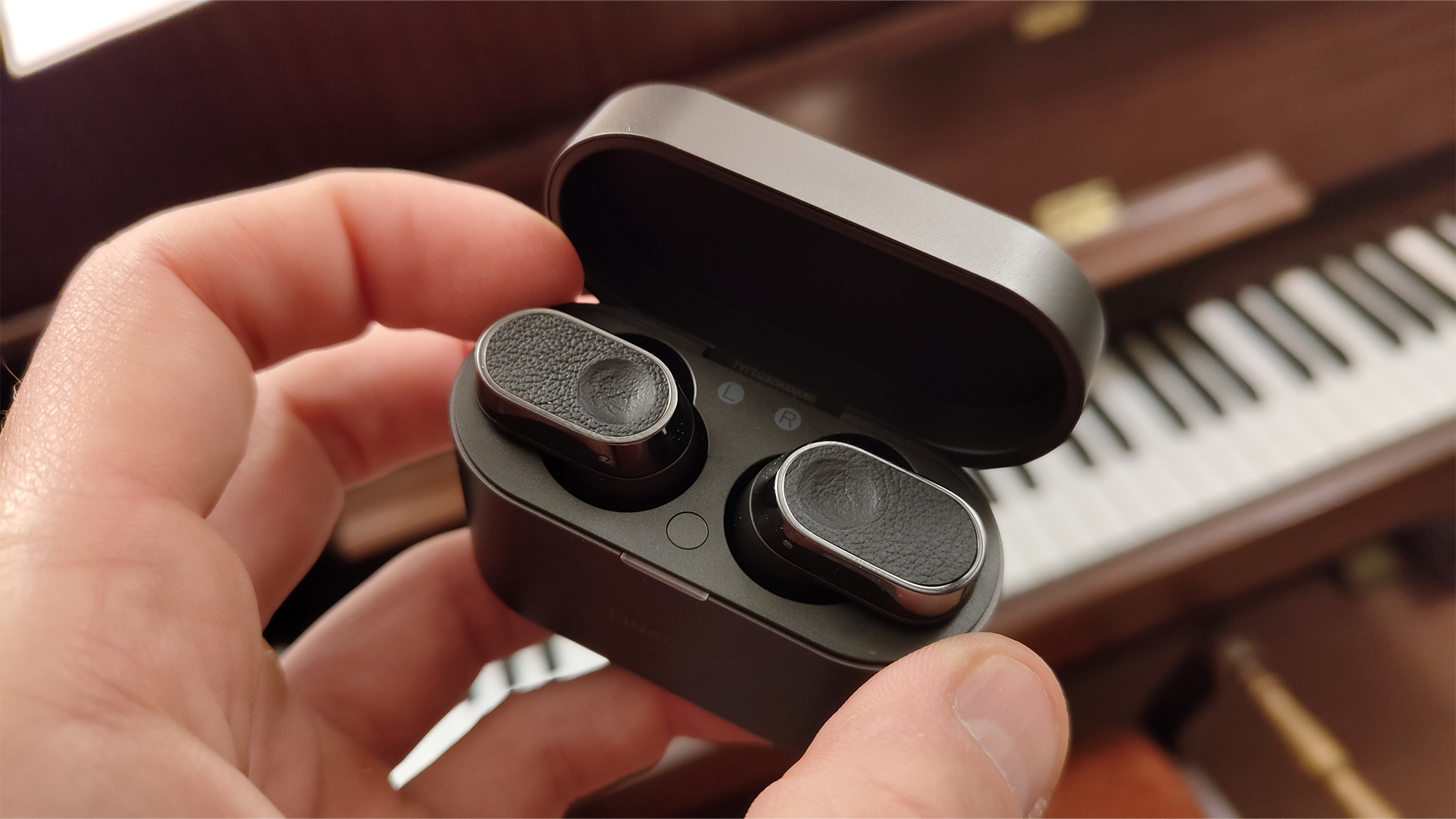
Bluetooth 5.3
Codec Support AAC, SBC, LDAC, LC3
Noise-cancelling Yes
Battery Life: Up to 36 hours (ANC on), up to 40 hours (ANC off)
Finishes x2 (black, white)
Weight 5.75g
The earbuds might be a little on the bulky side, but they’re nothing compared with the case itself which, although slimmed down from the first-gen model, is quite the mini-monolith. Side-by-side, it dwarfs the pebble-like Sony WF-1000XM5 case by a considerable margin, and while a genuine leather top adds a smidge of visual interest, that somewhat unnecessary inclusion will be deal-breaking for vegan prospective buyers.
Even if the overall design of the earbuds and the accompanying case stray into undue bulkiness, it wouldn’t be fair to say that anything here feels particularly cheap. The buds themselves are rugged and robust, boasting an acceptable, if not outstanding, IPX4 rating that allows them to at least get splashed with water without throwing a hissy fit and giving up the ghost. We simulated some artificial splashes from the rugged elements by flicking liquid at the buds with a glass of water and a soggy hand, and revealed these claims to be true.
For this price, you’d be entitled to expect a strong variety of ear tips, and to Philips’ credit, you’ve got the choice of five sizes – extra-small, small, medium, large and extra-large – to keep most bases covered. One doesn’t sense a huge amount of effort has gone into the shape and design of the tips themselves, and while rivals such as the aforementioned Bose QC Ultra Earbuds offer a subtle but very handy soft wing tip that just nestles into your ear cavity to offer more stability and support, there’s no such luxury here.
The latest hi-fi, home cinema and tech news, reviews, buying advice and deals, direct to your inbox.
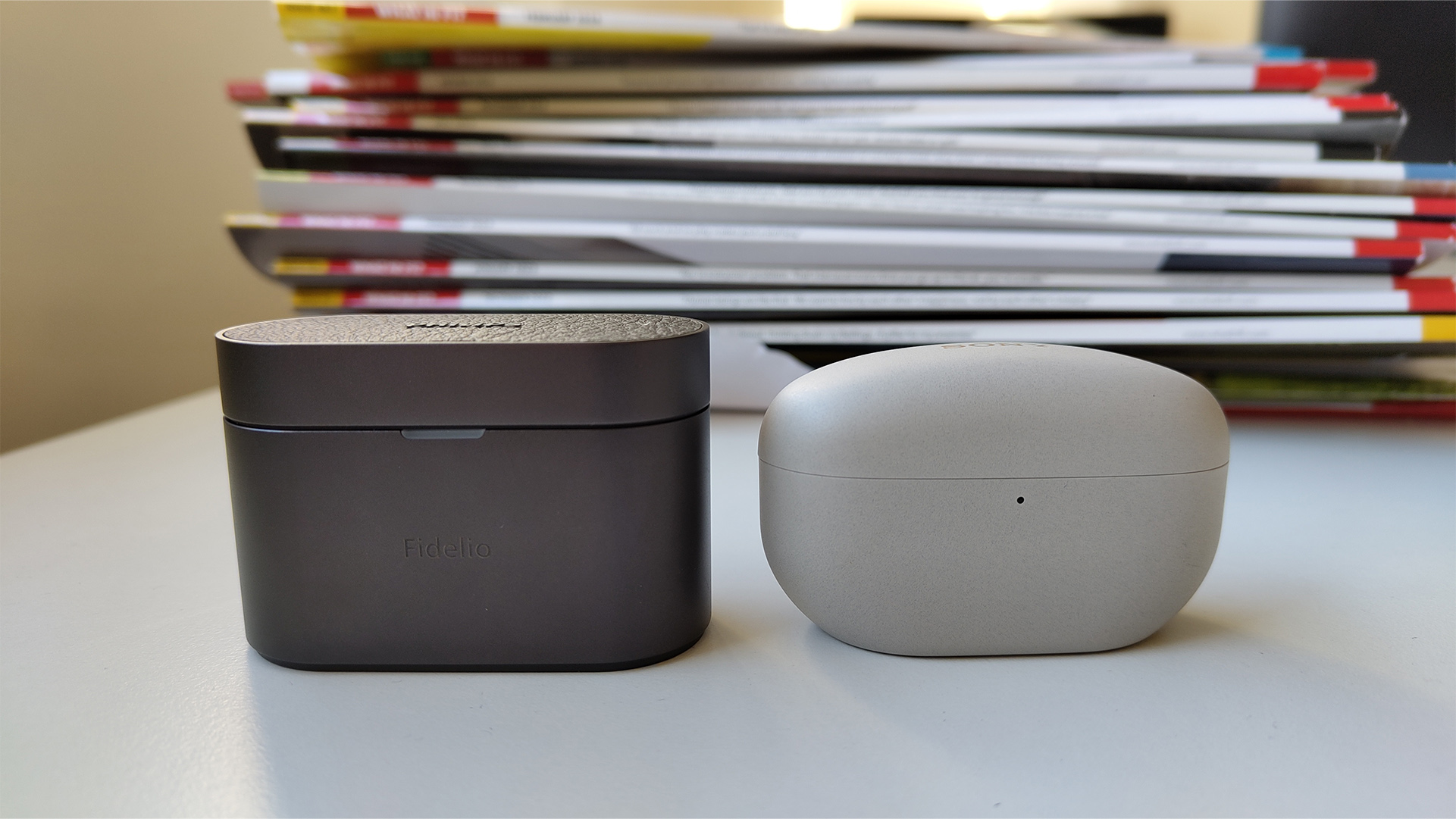
A few members of our team voiced concerns that finding a seal could be a little tricky, but once secured in place, we found the overall fit and comfort to be adequate thanks to the range of tips provided, even if the general size, weight and shape of the buds themselves never allowed us to completely forget that we were wearing them in the first place. They’re simply too sizeable to feel properly unobtrusive, nor do they ever offer the feeling of total, unerring security. Perhaps a fit test in the app would have been a nice addition to help you get the best seal possible, but there’s no such feature here.
Features

Spec-wise, what are you getting with the Fidelio T2? Alongside the standard SBC and AAC Bluetooth codecs, Philips supports the higher-quality LDAC and more efficient LC3 codecs, which let you stream music at higher data rates than standard from compatible source devices.
One area of intense competition in this area is noise cancelling, with Bose leading the charge and Sony merely a step behind. Philips’ effort is a game one, but it doesn’t feel as cocooning or comprehensive as the real industry leaders. Our London office pops with the clamour of conversation, humming traffic, electronic noises and cold-busting fan heaters, and while the low-level hums are blotted out effectively, those trickier, more intrusive sounds – the ping of a microwave, human conversations etc – aren’t removed as quite effectively as when tackled by the Bose Ultra Earbuds or the Sony XM5. It’s still a strong showing, though, with a choice of Transparency and Adaptive ANC modes that operate just as advertised, the former allowing in essential sounds while the latter constantly adapts automatically depending on external stimuli.
On-ear touch controls, meanwhile, let you play, skip and pause tracks from the buds, but it’s a clumsy and poorly realised system that suffers from overly complex commands that are a long way from what you’d call intuitive. Triple-tapping the left bud brings up your next track, for instance, while a double tap has been assigned to change the ANC settings. It’s all jumbled and illogical compared to what we're used to with the majority of earbuds we test, and you can’t even customise your preferences to a more sensible tapping system using the Philips app. You’re stuck with what you’re given, and what you’re given isn’t that great.

Speaking of the app, you’re furnished with a competent, if rather basic platform from which you can adjust your EQ settings, check your buds’ battery life and alter preferences such as switching on/off audio latency or adjusting the ANC. It just about does the job, but we’d kill for a bit more customisation, especially with regard to those pesky touch controls.
The T2 do have a trump card, though, and it’s their class-leading battery life. We’d expect some decent numbers given how big the charging case is, but the buds’ offering of nine hours of continuous playback with ANC on and a further 27 hours from the charging case – rising to 10 hours for a single charge and 30 hours of playback from the case without ANC – leaves us genuinely impressed by that whopping 40 hours of total playtime. Those numbers, frankly, trounce most similarly priced rivals and are a big boost to the T2’s overall usability credentials. We spent hours with the Fidelios, and they just kept going and going throughout our extensive and rigorous testing.
Sound
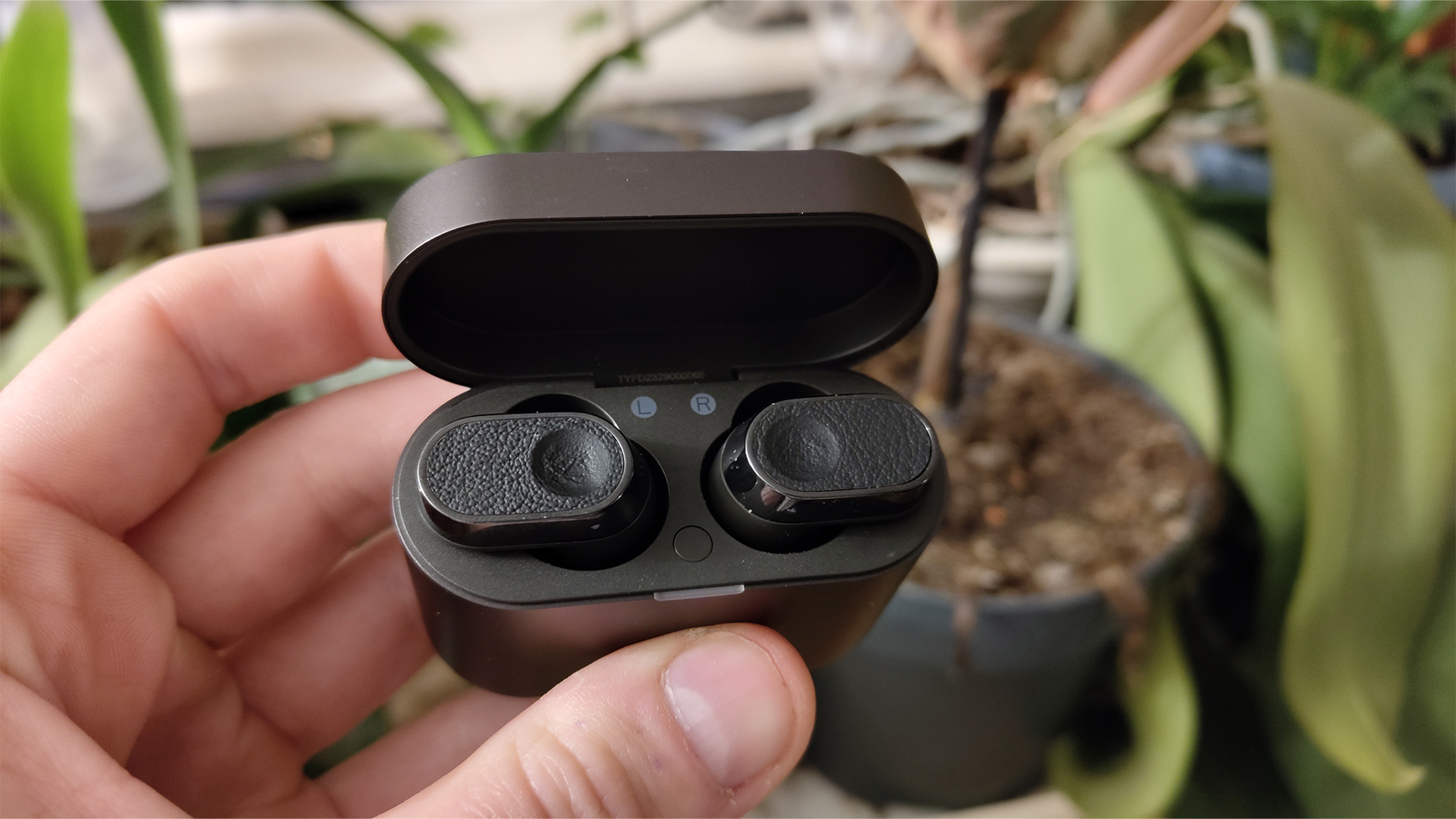
The good news for the Fidelio T2 is that they do seem to have a distinct sonic personality, a personality that many listeners will find somewhat alluring if they favour the sort of robust, enveloping sound that you don’t always find from a set of wireless earbuds. These hefty buds have been spending serious time in the gym, and they have the weight and muscle to enliven your music with some noticeable sonic oomph.
When they play to these sonic strengths, the T2 are truly rewarding performers. Rich, emotive ballads, such as Chayanne’s Un Siglo Sin Ti, draw life from the T2’s assertive fullness, conveying the track’s heartfelt, slightly overwrought nature with layers of emotive texture. It’s the same with broader orchestral numbers – we’re struck by how the lush, melancholic violin timbres of Max Richter’s Never Goodbye are conveyed with such satisfying depth of sound, especially at the lower end.
What they could do with a tad more of, however, is a bit of spice. A little more shepherd’s pie than chicken vindaloo, the T2 aren’t exactly sonically forthcoming, especially in the mid and upper ranges. Play a recording of Calvin Harris’ Feels through the Philips T2 and then the Sony WF-1000XM5, and it’s the latter that will feel more vibrant, vital and open, leaving the T2 feeling a tad rhythmically conservative by comparison. The bass plucks at the beginning are round and muscular, though, and you certainly get the sense that this lower register is the place in which the weighty buds feel most comfortable.
Again, that rhythmic reserve can slightly hamper times when you really want your music to bloom into life. The second half of Placebo’s Sad White Reggae explodes into a maelstrom of anxious guitar screeches and hard-edged electronic pulses, but the inclination to get out of your chair and start smashing imaginary amps feels far stronger when played through the Bose or the Sony than it does when performed by the Philips. Ghost’s Spillways, too, is just a little sharper and crisper when enjoying the more entertaining sonic character of the similarly-priced WF-1000XM5.
A recording of Camila Cabello’s Havana serves as a further confirmation of the Fidelio T2’s strengths and weaknesses. That clunky, woody piano sound really is well served by the tangible tonal detail the T2 is able to dig out, but they’re less convincing when it comes to Cabello’s sultry vocal performance and the overall feel of the composition, leaving the Caribbean-inflected banger seeming more authentic and engaging when played through the Sony or Bose rivals. In short, the class leaders are far better on the Latin dancefloor while the T2 slightly suffer from having two left feet.
That all said, we’re broadly impressed by what the Fidelio T2 are offering, and while they aren’t a pair of wireless earbuds that will jump down your throat (or ears) with a forthright, showy sound, there’s a genuine charm and likability to their solid, well-formed approach. It’s also worth noting that the buds’ onboard EQ is effective at giving four impressively distinct sound profiles – Bass, Voice, Powerful and Treble – and although the more treble-heavy presets don’t make the Fidelio T2 feel quite as authentic as the Bose in the upper registers, they’re certainly worth considering if you want a bit more punch at your music’s top end.
Verdict

The Philips Fidelio T2 earbuds certainly have a great deal of appeal. In offering a strong, sturdy and well-organised sound, not to mention handfuls of robust, booming bass, there’s plenty here that could tempt a person away from the class leaders and over to the T2’s sunny, pleasant shores, especially if you can nab them on a juicy discount.
SCORES
- Sound 4
- Features 4
- Comfort 4
MORE:
Read our review of the Sony WF-1000XM5
Also consider the Apple AirPods Pro 2
Read our Bose QuietComfort Ultra Earbuds review
Best noise-cancelling earbuds: budget and premium options tested
What Hi-Fi?, founded in 1976, is the world's leading independent guide to buying and owning hi-fi and home entertainment products. Our comprehensive tests help you buy the very best for your money, with our advice sections giving you step-by-step information on how to get even more from your music and movies. Everything is tested by our dedicated team of in-house reviewers in our custom-built test rooms in London, Reading and Bath. Our coveted five-star rating and Awards are recognised all over the world as the ultimate seal of approval, so you can buy with absolute confidence.


